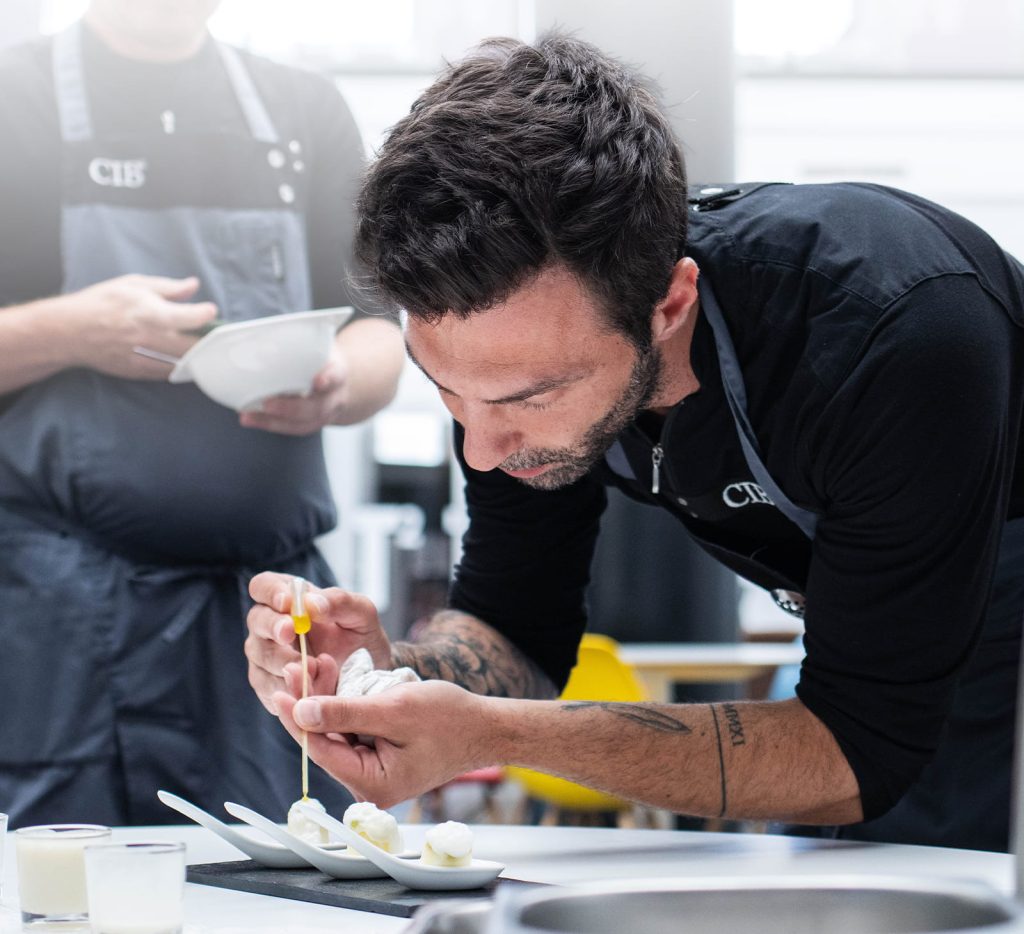Searing meat is an essential cooking technique that can take a dish from good to great. The process of searing involves browning the surface of meat at high temperatures, creating a delicious crust and adding depth of flavor to the meat. Searing locks in the juices of the meat, resulting in a juicy and tender dish. Whether you’re cooking a steak, roast, or chops, mastering the art of searing is key to achieving a perfectly browned and flavorful result.
Why Searing Matters:
Searing meat is not just about creating an aesthetically pleasing crust—it serves an equally important culinary purpose. When meat is exposed to high heat, a chemical reaction known as the Maillard reaction occurs. This reaction creates the browned crust that adds depth of flavor and aroma to the meat. It also caramelizes the natural sugars in the meat, adding a hint of sweetness to the dish.
In addition to enhancing the flavor of the meat, searing also helps to lock in the juices. When meat is exposed to high heat, the proteins on the surface of the meat coagulate and form a barrier that prevents the juices from escaping. This results in a juicier and more flavorful dish.
Tips for Perfectly Browning Meat:
To achieve a perfectly browned crust when searing meat, there are a few key tips to keep in mind.
1. Start with a hot pan: Before adding the meat to the pan, make sure it is preheated to the right temperature. A hot pan is essential for achieving a good sear, as it ensures that the meat browns quickly on the surface.
2. Dry the meat: Before searing the meat, make sure it is dry. Excess moisture on the surface of the meat can prevent it from browning properly. Pat the meat dry with paper towels before adding it to the pan.
3. Don’t overcrowd the pan: When searing meat, it’s important not to overcrowd the pan. If there is too much meat in the pan, the temperature will drop, and the meat will steam rather than sear. Sear the meat in batches if necessary to ensure that each piece has enough room in the pan.
4. Don’t move the meat: Once you have added the meat to the pan, resist the urge to move it around. Allow the meat to sear undisturbed for a few minutes on each side to develop a good crust. Moving the meat too soon can prevent it from browning properly.
5. Use the right oil: Choose an oil with a high smoke point, such as canola or vegetable oil, for searing meat. Avoid using olive oil, as it has a lower smoke point and can burn at high temperatures.
Searing Techniques:
There are several different techniques for searing meat, depending on the cut of meat and the desired result.
– Pan-searing: This is the most common method of searing meat. Heat a skillet over high heat, add oil, and then add the meat. Allow the meat to sear on one side before flipping it over to brown the other side.
– Oven-searing: For larger cuts of meat, such as roasts or whole chickens, oven-searing can be a great option. Start by searing the meat in a hot skillet on the stovetop, and then transfer it to a preheated oven to finish cooking.
– Grill-searing: Searing meat on a grill is another popular method. Preheat the grill to high heat, and then add the meat directly to the grates. Allow the meat to sear on one side before flipping it over to brown the other side.
– Blowtorch-searing: For a restaurant-quality sear, consider using a culinary blowtorch to brown the surface of the meat. This method allows you to achieve a perfectly even crust on the meat.
Searing meat is an art form that can take your cooking skills to the next level. By mastering the art of searing, you can create delicious and flavorful dishes that will impress your family and friends. Practice these tips and techniques, and soon you’ll be searing meat like a pro.

